Rubberized coatings are specialized protective materials applied to surfaces for enhanced durability, grip, and resistance to elements. The coatings, typically made from synthetic rubber-like compounds, have become increasingly popular in various industries due to their unique properties. They offer an effective solution for protecting and extending the life of materials and surfaces exposed to wear, water, chemicals, and environmental factors. From automotive applications to household uses, the flex seal liquid provides a versatile approach to surface protection and improvement. For more bulk options, browse Alibaba. com.
Properties and Composition of Rubberized Coatings
The primary component of liquid rubber deck coatings is a synthetic rubber compound, such as polyurethane or neoprene, which is known for its elasticity, durability, and resistance to abrasion and moisture. The coatings often include additional elements like UV inhibitors, anti-corrosive agents, and color pigments, enhancing their protective capabilities and aesthetic appeal. Rubberized coatings are applied in liquid form and cure to form a flexible, durable membrane that adheres firmly to the substrate. This results in a coating that can expand and contract without cracking, making it nice for surfaces that experience temperature fluctuations.
Applications and Uses of Rubberized Coatings
Rubberized coatings are used in a wide range of applications. In the automotive industry, they are used for underbody coatings to protect against rust and road wear. In construction, there can be garage floor rubber coating and Tucson rubberized roof coating for waterproofing and insulation. They are also used on tools and equipment handles for improved grip and comfort. In consumer products, rubberized coatings are found on electronics, kitchen utensils, and sports equipment, providing a non-slip surface and additional protection. The versatility of the coatings makes them suitable for both indoor and outdoor applications across various sectors.
Benefits of Rubberized Coatings
The benefits of rubberized coatings are numerous. They provide nice waterproofing and moisture resistance, making them nice for protecting surfaces in wet or humid environments. Their flexibility ensures they remain effective on surfaces that move or vibrate. Rubberized coatings also offer sound-dampening properties, reducing noise and vibration in machinery and vehicles. The anti-corrosive nature of the coatings protects metal surfaces from rust and degradation. Additionally, the ease of application and the ability to apply them to a variety of substrates, including metal, wood, and concrete, add to their appeal.
In conclusion, liquid rubber paint offers an effective and versatile solution for protecting and enhancing a wide range of surfaces. Their unique properties, encompassing remarkable flexibility, outstanding durability, and inherent resistance to a wide array of environmental factors such as temperature fluctuations, moisture, and chemical exposures, render them eminently suitable for a multitude of applications. They range from demanding industrial settings where robustness is nice to everyday household uses where practicality and longevity are key considerations. By selecting the appropriate type of rubberized coating and applying it correctly, one can significantly extend the life and functionality of various materials and surfaces. As technology advances, the development of new rubberized coating formulations continues to expand their applications and benefits, solidifying their role as a crucial component in material protection and improvement.

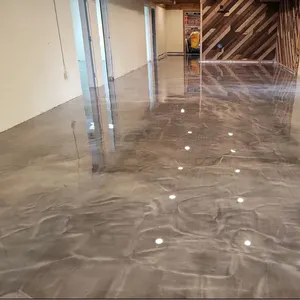


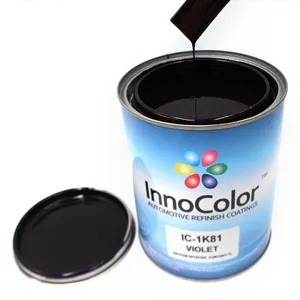

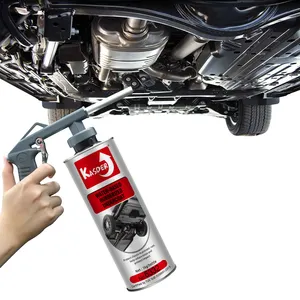


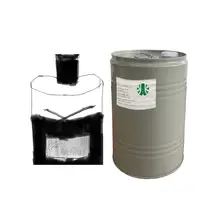
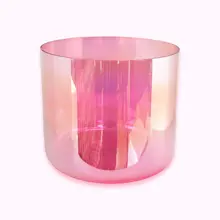






























 浙公网安备 33010002000092号
浙公网安备 33010002000092号 浙B2-20120091-4
浙B2-20120091-4